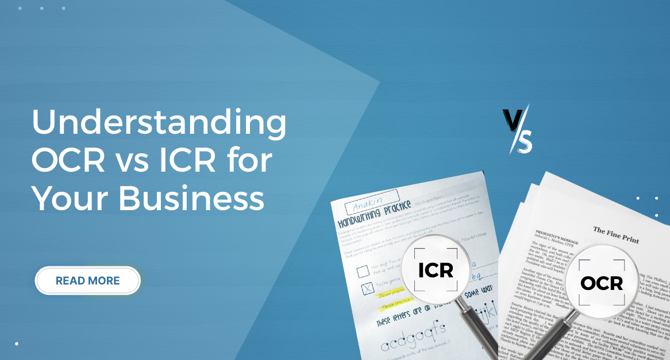Beyondkey
1M
288

Image Credit: Beyondkey
Understanding OCR vs ICR for Your Business
- The article discusses the differences between OCR (optical character recognition) and ICR (intelligent character recognition) for businesses transitioning from paper to digital records.
- OCR reads printed text from scanned documents, while ICR can also recognize handwriting, making it suitable for handwritten forms, old records, or signatures.
- OCR is efficient for clear printed documents, while ICR is more complex and useful for handling handwritten notes or mixed text documents.
- Combining OCR and ICR can be beneficial for businesses dealing with both printed and handwritten content, improving accuracy and efficiency.
- Beyond Key offers consulting services to help businesses determine the right mix of OCR and ICR based on their document requirements.
- Using OCR and ICR together enhances data digitization, speeds up processing, improves accuracy, and simplifies compliance and data analysis.
- The article emphasizes that leveraging both OCR and ICR tools can optimize document management processes and enable businesses to handle various document types effectively.
- Beyond Key supports businesses in implementing OCR and ICR solutions to streamline document processing and improve operational efficiency.
- The future outlook suggests that businesses using both OCR and ICR will be better equipped to handle diverse document formats and data efficiently.
- By understanding the capabilities of OCR and ICR and utilizing them appropriately, businesses can enhance productivity and make informed decisions about document management.
Read Full Article
17 Likes
For uninterrupted reading, download the app